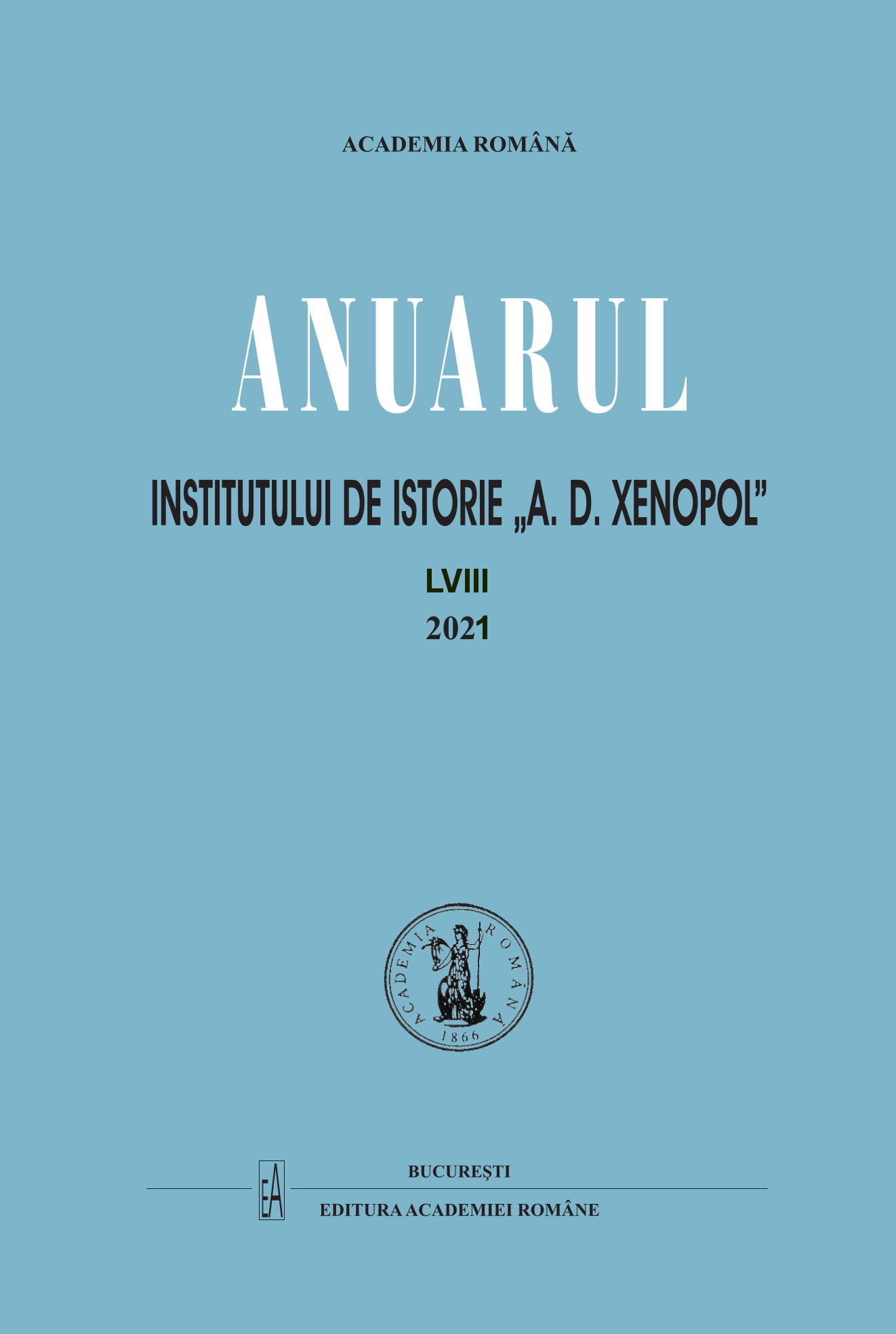IMAGINILE ATROCITĂȚILOR ȘI MOȘTENIREA DICTATURILOR. FOTOGRAFII DIN TIMPUL HOLOCAUSTULUI ÎN ARHIVE DIN ROMÂNIA
IMAGES OF ATROCITIES AND THE HERITAGE OF DICTATORSHIPS. PHOTOGRAPHS OF THE HOLOCAUST IN ROMANIAN ARCHIVES
Author(s): Adrian CioflâncăSubject(s): History, Jewish studies, WW II and following years (1940 - 1949), History of the Holocaust, History of Antisemitism
Published by: Editura Academiei Române
Keywords: Holocaust; Jews in Romania; photographs; German soldiers; Second World War; pogrom;
Summary/Abstract: Holocaust in Romania and the territories controlled by the Romanian authorities during the Second World War is featured in a great number of photos. There are several hundred images showing the atrocities in the territory of the Old Kingdom and several dozen photos known, at this point, identified in Bessarabia, Bukovina, Transnistria and farther to the East. The fact that so much visual evidence was preserved regarding Romania’s involvement in the Holocaust is remarkable, considering that photography was strictly controlled during the war and the authorities of the Ion Antonescu regime made systematic efforts to prevent the photographic recording of Antisemitic violence and dissemination of such photographs. Jews were not entitled to possess or use cameras for photos and filming (interdictions varied by the area and period), while the other photographs were not allowed to make spontaneous captures within the localities, except for the instances where they were granted special permits. However, there are surviving photos made by Jews – some with the knowledge of authorities (e.g., during the Bucharest pogrom), other clandestine (e.g., during the Iași pogrom). Most photographs preserved were taken by military soldiers stationed in Romania or who fought alongside the Romanian army on the East Front. They were not under the control of the Romanian authorities and they did not observe the restrictions regarding photography issued by the Wehrmacht. Due to the technical progress and accessible prices, cameras (35 mm Agfa, Leica, Kodak, Exakta, Zeiss-Ikon, etc.) became a common good among German soldiers, while the strict supervision of their use was impossible. Furthermore, special teams were set up to photograph and film military operations and events on the front. Hence, there are at least two million photos taken by the Germans during the Second World War.
Journal: Anuarul Institutului de Istorie »A.D. Xenopol« - Iaşi
- Issue Year: LVIII/2021
- Issue No: 58
- Page Range: 375-389
- Page Count: 15
- Language: Romanian

